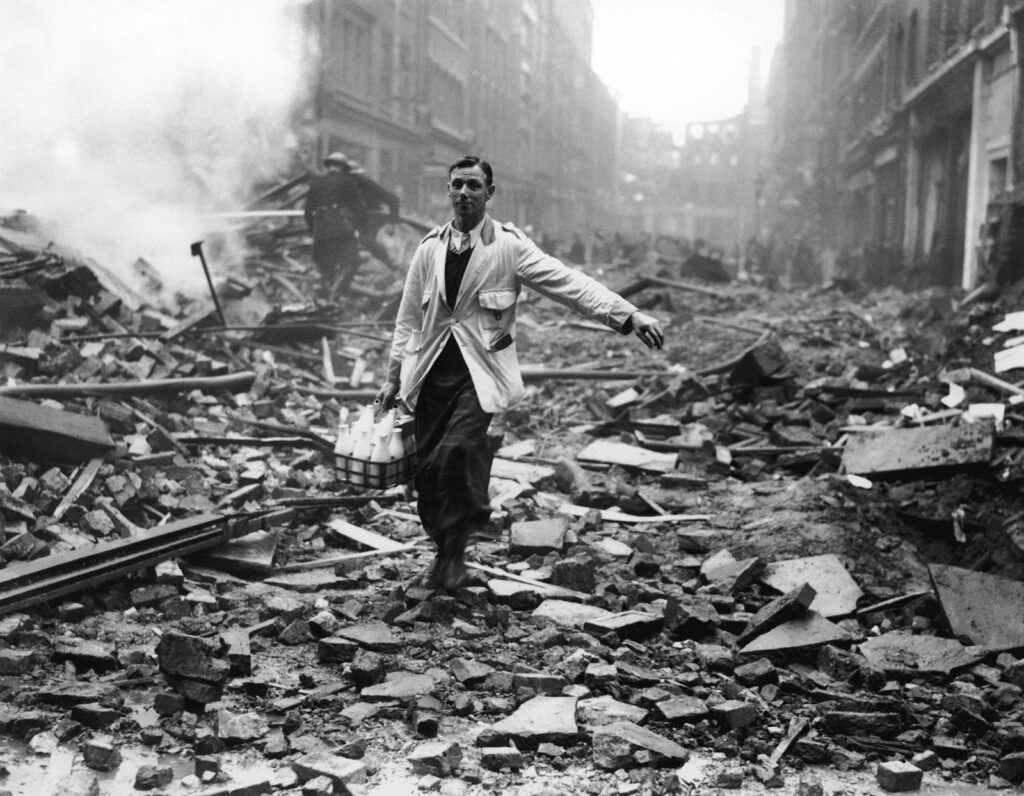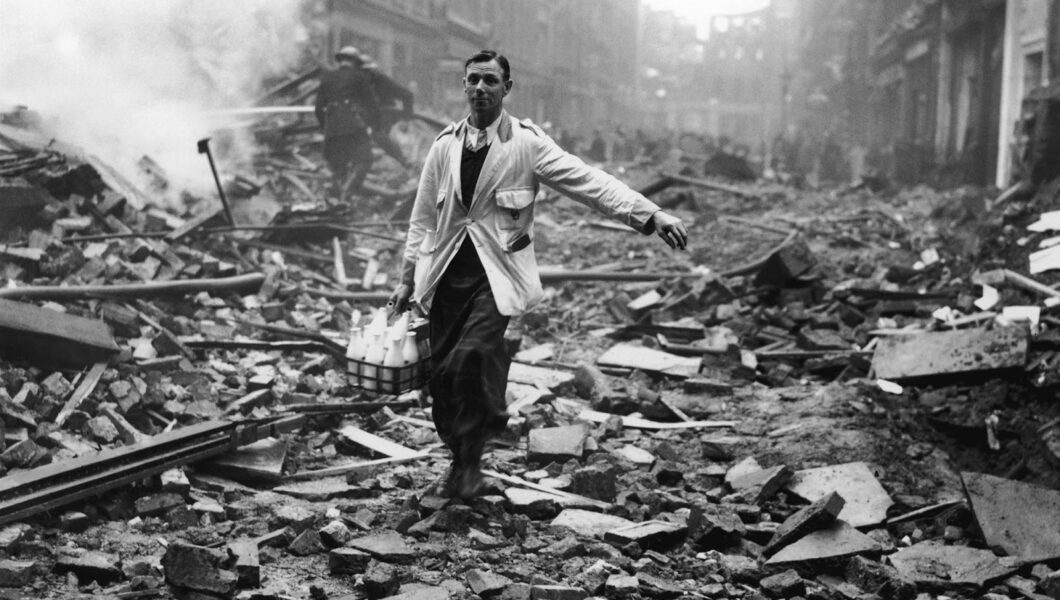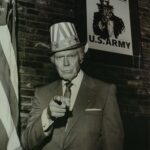
German bombers emerging in the heavens over London brought a new weapon of horror and carnage into the arsenal of twentieth-century warfare.
Beginning with September 7, 1940, this focused direct bombardment of industrial targets and urban centres started with strong attacks on London.
It marked the start of the Blitz, a period of relentless bombardment of Great Britain’s cities including London until the next May. London was bombarded either during the day or at night for the following straight 57 days. Many areas of the city were devastated by fires.
The goal was to demoralise the people and drive the British to come to terms. Hitler cut off the bombings to relocate his bombers east in readiness for Germany’s invasion of Russia, therefore marking the end of the Blitz on May 11, 1941.
Taken on October 9th following a German aeroplane raid, the picture above Although their images were often censored by the censors concerned not to cause a panic and also not to let the Germans know exactly where their bombs had hit, photographers stationed in London were astounded at the utter carnage wreaked by German bombers.
Fred Morley, the photographer, captured a London milkman purposefully walking across the debris. The only thing is that the picture was, in a sense, manufactured.
First Morley saw a scene of firefighters battling to suppress a fire, then he borrowed a milkman’s clothes and a craft of bottles.
Then he had his helper pose among the remains of a city street while the firefighters battled in the distance. After more than a month of daily bombs, Morley’s thought was that he should show things as an object lesson in the motto “Keep calm and carry on,” therefore avoiding censoring of demoralising images of damaged streets.
The picture forward the concept of the stoic British carrying on with their regular routines. The censors felt the same way, and the very next day it was printed.
The government made a point that daily life will go on as usual, that disobedience was caught up and carried through to every single citizen, not only in London but everywhere those bombs dropped.
About 30,000 Londoners would die and another 50,000 would be injured by the end of the Blitz.
The British government banned the bombing images especially as the British were actively utilizing countermeasures to disturb the German navigational beams, so regularly bombed the countryside rather than towns for a few months. Newspapers reporting German bombing results would let the Germans know the countermeasures were working.
(Photo credit: Fred Morley / Original title: Delivery After Raid).








No Comments